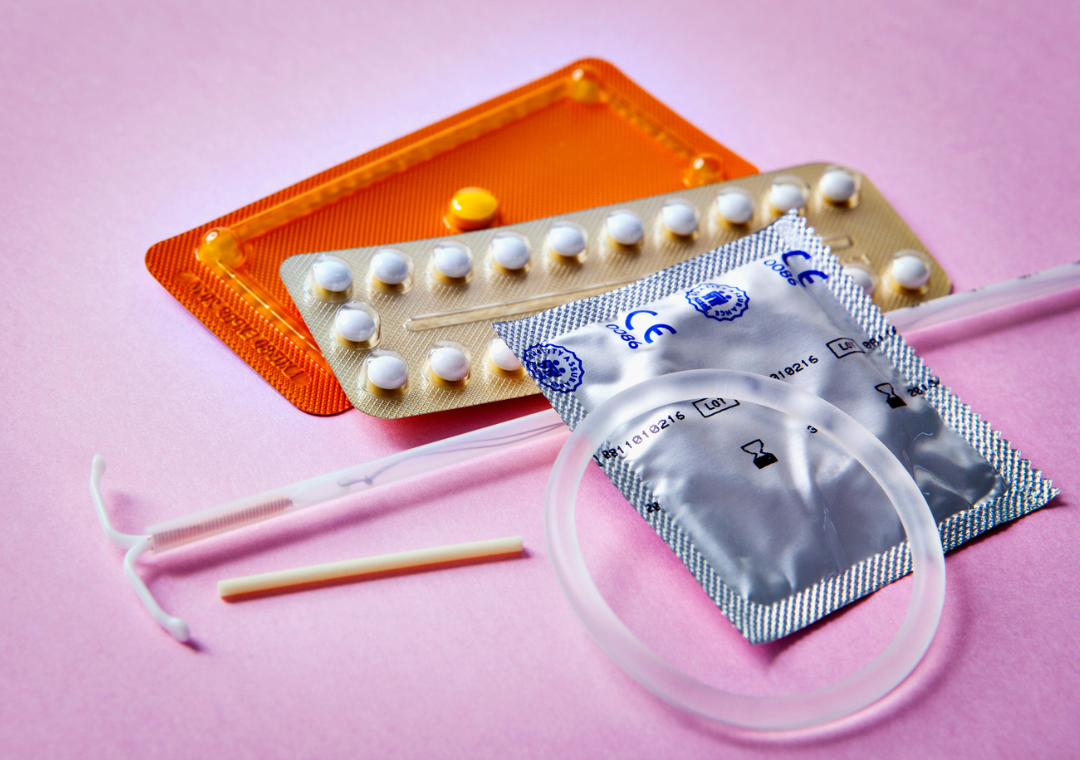Although International Women's Day is in March, we celebrate women every single day here at BINTO. Today, we want to commemorate those who paved the way for women to take back their bodies and their femininity through hormonal birth control.
The Pill
Attempts at contraception have dated as far back as ancient Egypt and the transcription of religious texts. Both the Koran and the Bible refer to the withdrawal method, whereas the Egyptians would insert honey, dates, cotton, and fermented acacia into their bodies as a form of spermicide (4).
Fast forward to 1914- women's rights activist, Margaret Sanger, creates the first birth control clinic which later becomes Planned Parenthood. Endocrinologists begin racing to create the first ever hormonal birth control pill, and in 1960 the FDA approves Gregory Pincus and John Rock's pill for contraceptive use (4).
Starting in the year 2000, the Equal Employment Opportunity Commission rules that health insurance offered by employers must cover the cost of prescription contraception (5).
Intrauterine Devices
The first IUD was made in 1909 by Dr. Richard Richter, in which he inserted a ring made of silkworm gut with bronze filament into the uterus with a female bladder catheter (1,3). 1968 brought the introduction of the Dalkon shield, which had fins to resist being expelled by the body. During the early 1970's, they discovered this device was causing pelvic infections because of the design (2).
Lucky for all of us, it has evolved into something much less creepy and much more effective! Women who can't take the Pill because of health conditions, those who experience side effects, or people who just don't like taking oral contraception every single day often choose an IUD as their alternative. Currently, 106 million women are actively using an IUD (3)
Hormonal vs. Copper
Though the materials are different, they are both equally effective at preventing pregnancy. Hormonal IUDs release progestin (that's the synthetic version of estrogen!) which thickens the mucus within the cervix. Copper IUDs, on the other hand, are considered toxic only to sperm.
- https://www.ncbi.nlm.nih.gov/pubmed/1093589
- https://case.edu/affil/skuyhistcontraception/online-2012/IUDs.html
- https://www.smithsonianmag.com/science-nature/medical-pariah-feminist-icon-story-iud-180963699/
- http://www.pbs.org/wnet/need-to-know/health/a-brief-history-of-the-birth-control-pill/480/

